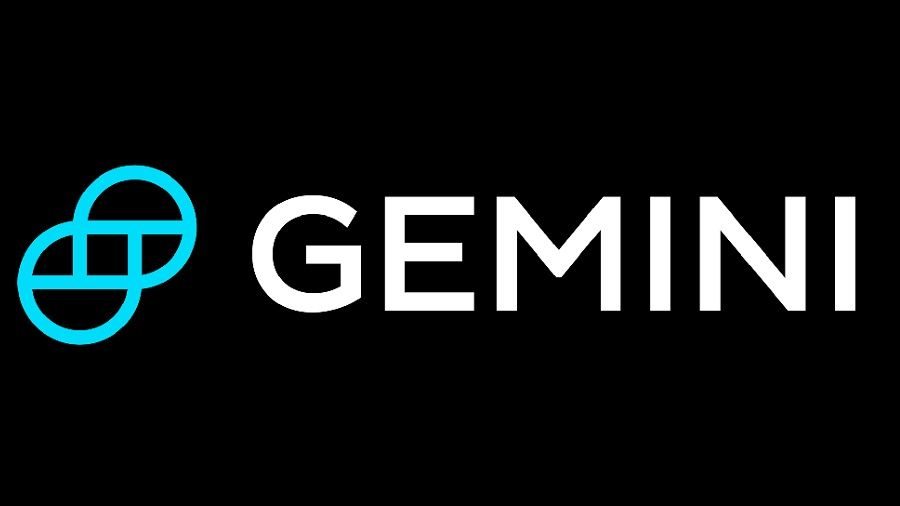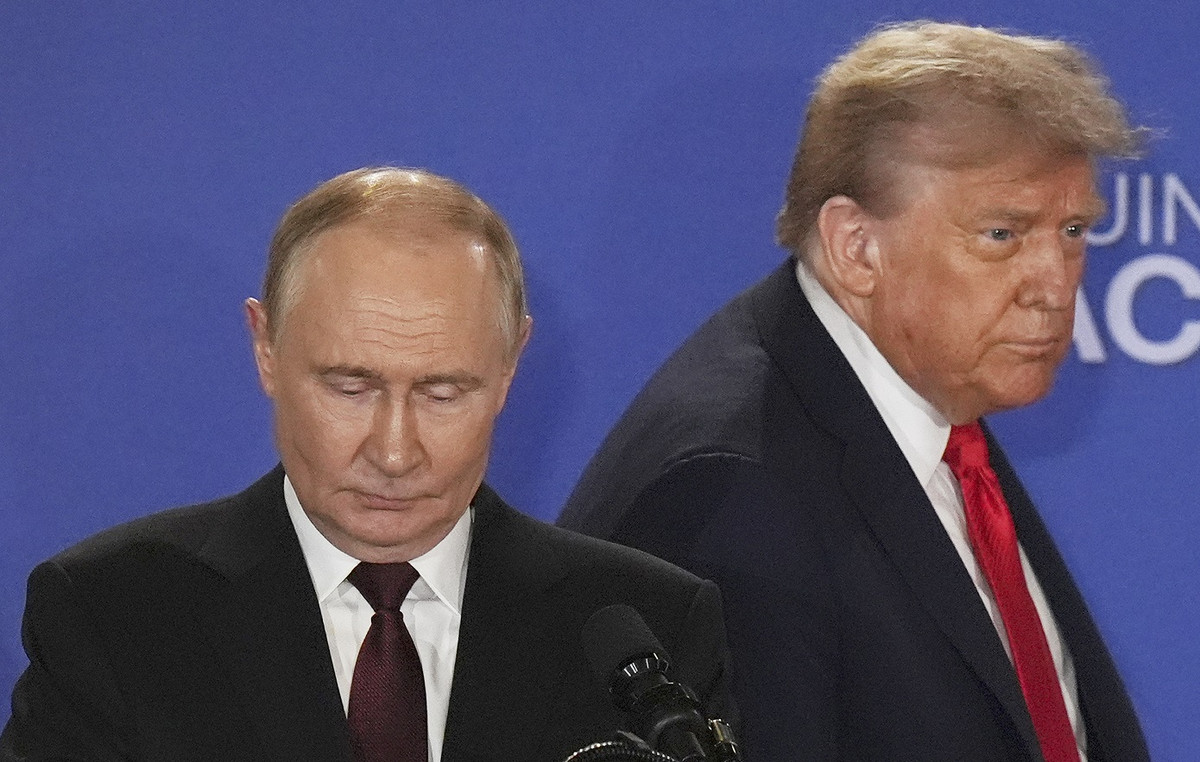- The market continues to overestimate Fed easing as the central bank pushes back against dovish expectations.
- Economic data remains strong, with S&P Global’s preliminary September PMIs beating expectations.
- Fed officials will try to counter the dovish rhetoric.
The US Dollar Index (DXY), which measures the value of the USD against a basket of currencies, is moving volatilely in Wednesday’s session, hovering around a 14-month low on rising recession fears. Despite the market’s persistent higher estimate of Federal Reserve (Fed) easing, the central bank has countered dovish expectations. Friday’s August Personal Consumption Expenditure (PCE) Price Index figures will be closely watched.
While the US economy is showing a slowdown in certain sectors, other areas remain resilient, supporting overall economic activity. Despite this mixed picture, the Fed emphasizes that the path of interest rate adjustments will depend on upcoming economic data.
Daily Market Wrap: US Dollar Gains Despite Continued Dovish Bets, Markets Await PCE Figures
- The market continues to overestimate the magnitude of Fed easing despite efforts by some Fed governors to curb dovish expectations.
- The market is pricing in a 75 basis point easing by year-end and a total of 175-200 basis points of cuts over the next 12 months.
- On Thursday, Gross Domestic Product (GDP) and Friday’s PCE figures will be key to USD dynamics.
- It is worth noting that Jerome Powell stated that the pace of the easing cycle will depend on incoming data, so its outcome could shake the USD. Fed Chairman Jerome Powell will be in the media on Thursday.
DXY Technical Outlook: Bearish Momentum Persists, Bulls Lack Strength
The DXY has bearish headwinds affecting it on technical charts.
The Relative Strength Index (RSI) and Moving Average Convergence/Divergence (MACD) gained some momentum, but the RSI remains below the negative zone, and the MACD continues to indicate flat green bars. These technical indicators suggest that the bears are in control and the buying pressure is weak.
Support levels are located at 100.50, 100.30 and 100.00, while resistance levels are located at 101.00, 101.30 and 101.60.
The US Dollar
The United States Dollar (USD) is the official currency of the United States of America, and the de facto currency of a significant number of other countries where it is in circulation alongside local banknotes. As of 2022, it is the most traded currency in the world, accounting for over 88% of all global foreign exchange transactions, equivalent to an average of $6.6 trillion in daily transactions. Following World War II, the USD took over from the British Pound as the world’s reserve currency.
The single most important factor influencing the value of the US dollar is monetary policy, which is determined by the Federal Reserve (Fed). The Fed has two mandates: to achieve price stability (control inflation) and to promote full employment. Its main tool for achieving these two goals is to adjust interest rates. When prices rise too quickly and inflation exceeds the Fed’s 2% target, the Fed raises rates, which helps the dollar. When inflation falls below 2% or the unemployment rate is too high, the Fed can lower interest rates, which weighs on the dollar.
In extreme situations, the Federal Reserve can also print more dollars and enact quantitative easing (QE). QE is the process by which the Fed substantially increases the flow of credit in a jammed financial system. It is an unconventional policy measure used when credit has dried up because banks are not lending to each other (for fear of counterparty default). It is a last resort when simply lowering interest rates is unlikely to achieve the necessary result. It was the Fed’s weapon of choice to combat the credit crunch that occurred during the Great Financial Crisis of 2008. It involves the Fed printing more dollars and using them to buy US government bonds, primarily from financial institutions. QE typically leads to a weakening of the US dollar.
Quantitative tightening (QT) is the reverse process whereby the Federal Reserve stops buying bonds from financial institutions and does not reinvest the principal of maturing securities in new purchases. It is generally positive for the US dollar.
Source: Fx Street
I am Joshua Winder, a senior-level journalist and editor at World Stock Market. I specialize in covering news related to the stock market and economic trends. With more than 8 years of experience in this field, I have become an expert in financial reporting.







